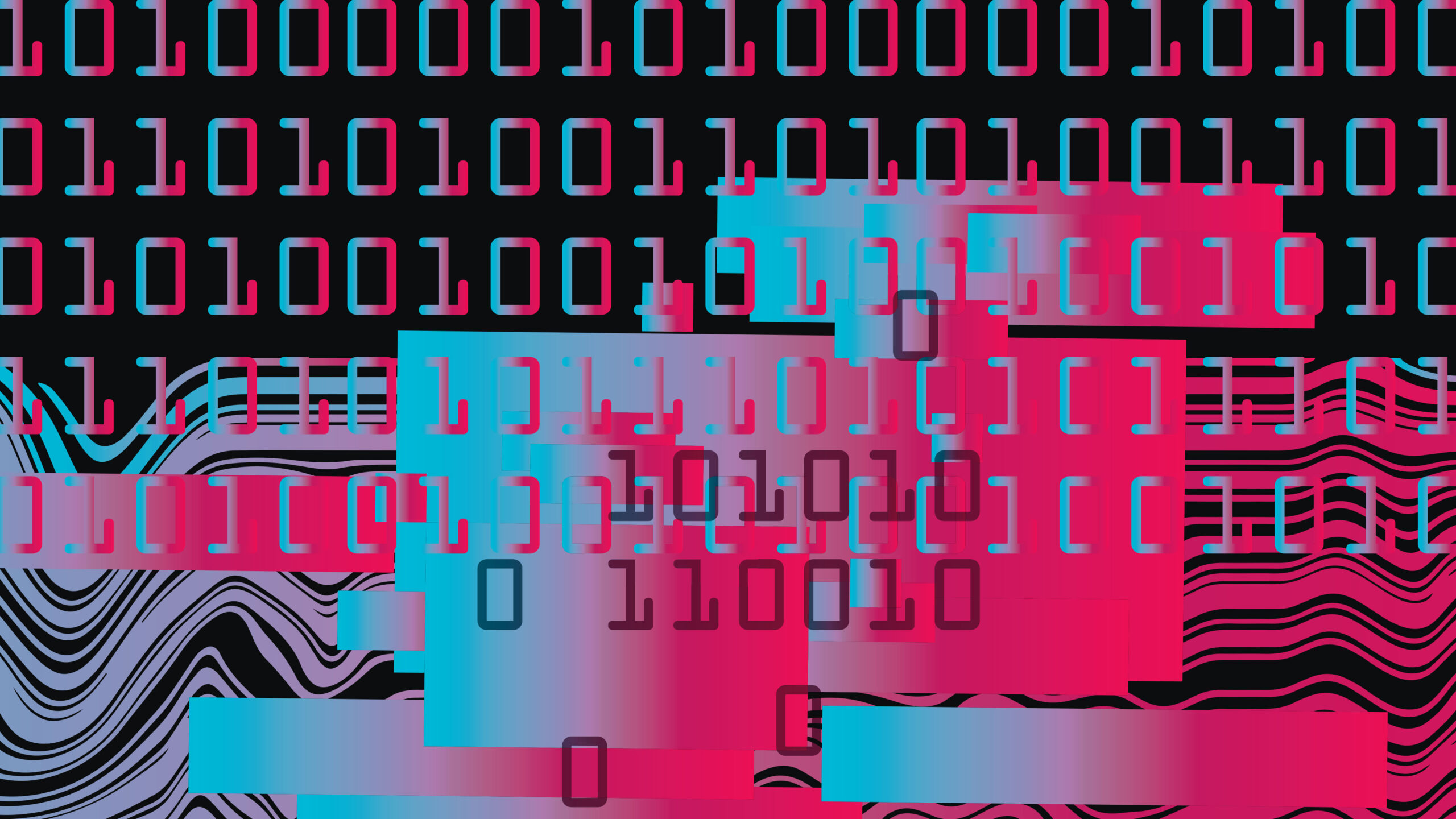Robots are on the rise in 2020, but not just any kind of robots. This year, over half of the 1 million expected robots sold for enterprise use will be professional service robots. You may be asking, “what is a professional service robot, and how does it differentiate from other robots?”
Professional service robots are designed to be of assistance in professional industries such as retail, hospitality, health care, and logistics. These are mobile robots that assist with task completion, but do not replace humans. Industrial robots, on the other hand, have been around much longer, and are typically used in manufacturing industries such as automotive, electrical, metal, and plastics. Industrial robots handle heavy lifting tasks, and typically have a mechanical arm with some freedom and flexibility, but are not mobile like professional service robots.
The market for professional service robots may be smaller than that of industrial robots (for now), but is growing at a much faster rate. This rapid growth is primarily due to two key technology advancements. The first is the improvement of 5G wireless network connectivity, and the second is the falling price and increasing power of edge AI chips.
Why 5G?
Professional service robots need to be able to move around, and this mobility requires reliable connectivity. This can often be difficult, given that wifi does not always have guaranteed quality of service. Enter: 5G. Not only can 5G provide excellent reliability, it can also support a lot more robots in a given area than 4G can. Companies can even build their own private 5G networks to control costs rather than having to pay a service provider a monthly fee.
Edge AI Chips
Unlike industrial robots, professional service robots function on battery power. If traditional chips are used in a robot, power is drained very quickly, but with edge AI chips, this is not the case. They are designed to draw less power, and fewer of the chips are needed, which improves both performance and power consumption. The sale of these chips has skyrocketed, with the expectation of 50 million chips to be sold in 2020 alone.
The Future of Robots
The market for robots, specifically professional service robots, will continue to grow in the next 5 years as these robots continue to help companies improve task performance and efficiency. Although it may seem like the main use for robots is within a business setting, that’s not the only way robots can be used.
There are some new robots on the block, and they are meant for consumer usage. One variation is a consumer service robot, which can perform tasks around a home such as vacuuming, lawn mowing, and window washing. Though this market does not generate nearly as much revenue as professional service robots or industrial robots, the market segment has seen significant growth in unit sales.
Could there be a universe in which robots become standard in all households and businesses? Only time will tell.
For more information on the rise of robots, check out these insights.







